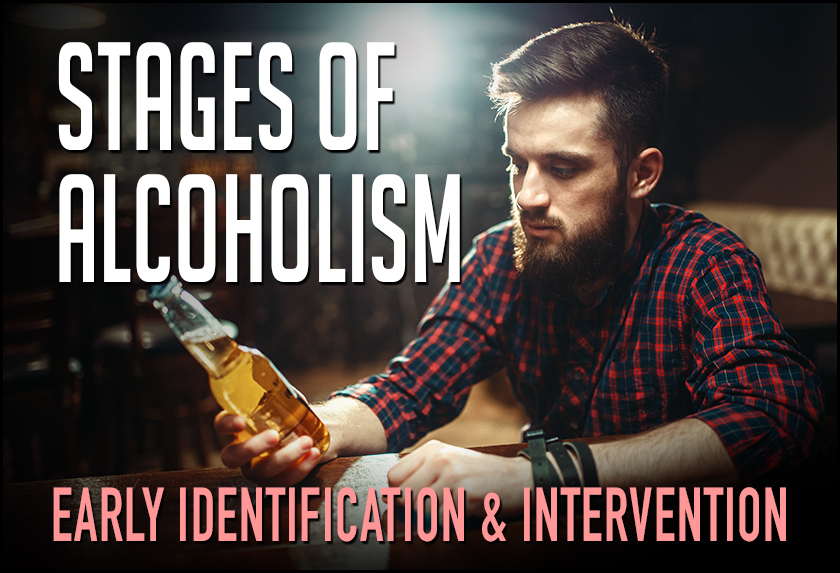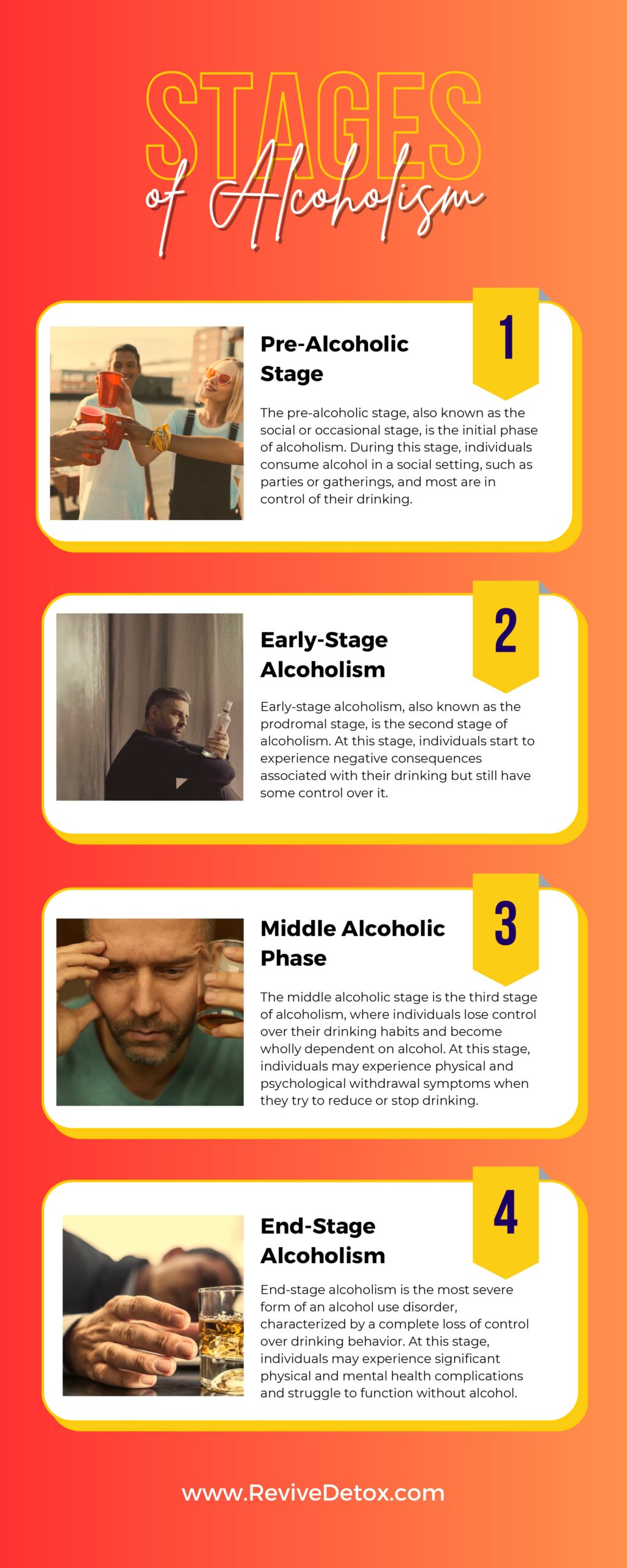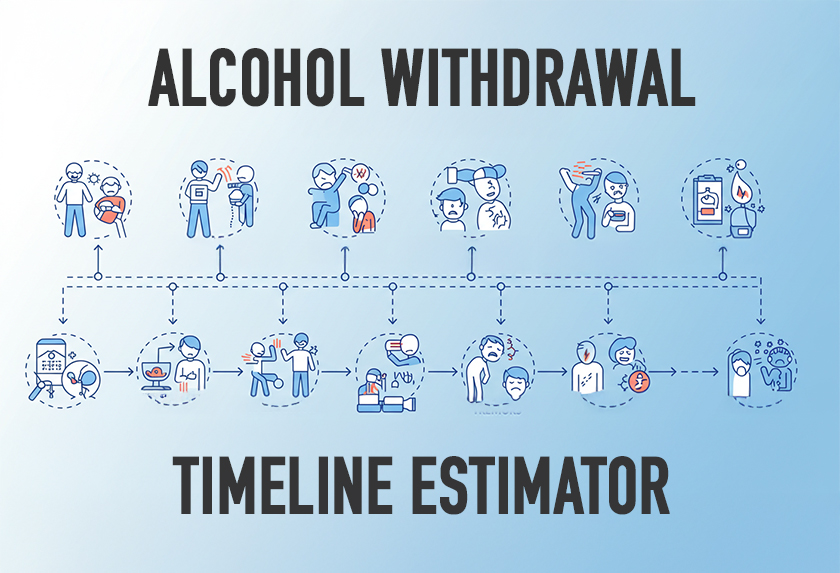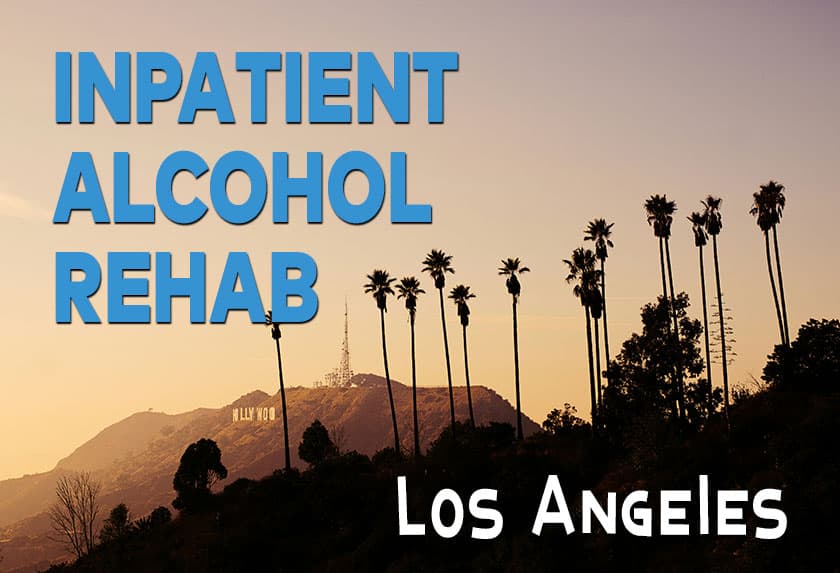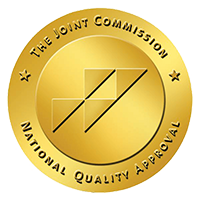Alcohol addiction is not a sudden development but rather a progressive condition that develops over time. What begins as casual drinking can eventually lead to dependence, and although the timeline and underlying reasons vary, the disease generally follows a pattern and this is referred to as the Stages of Alcoholism.
The DSM-5 outlines 11 criteria for diagnosing alcohol use disorder, with even mild cases putting individuals at risk for more severe problems in the future. Chronic alcohol use disorder, also known as alcoholism, is diagnosed when an individual exhibits six or more of the criteria.
Morton Jellinek, a renowned scientist, played a crucial role in shaping our understanding of the stages of alcoholism. In 1946, Jellinek published a paper based on a small study of Alcoholics Anonymous members that proposed the idea of the progressive nature of alcoholism. He suggested that problem drinking follows a typical trajectory through different stages of decline.
Over the years, Jellinek conducted more research, leading to the publication of a follow-up paper in 1952. In this paper, he categorized drinkers into unique stages based on their drinking behaviors. Jellinek’s research highlighted that alcoholics typically start in the pre-alcoholic stage, where they drink casually and socially. However, as they continue drinking, their reasons shift from social to psychological, indicating a loss of control. Without intervention, they may progress to dependence and alcoholism.
Jellinek’s contributions led to the Jellinek Curve, which identifies the symptoms and progression through the four stages of alcoholism. Understanding these alcoholism stages can help individuals identify where they or their loved ones fall on the spectrum and reach out for help. So let’s dive into each of these stages in more detail to understand the signs and symptoms and how one leads to the next.
Stages of Alcoholism
To help identify problem drinking, experts categorize alcoholism into Four Stages:
- Pre-alcoholic stage
- Early-stage alcoholism
- Middle alcoholic phase
- End-stage alcoholism.
Although these four stages share similarities with the seven stages of addiction, they are specific to alcohol use.
1) The Pre-Alcoholic Stage
The pre-alcoholic stage, also known as the social or occasional stage, is the initial phase of alcoholism. During this stage, individuals consume alcohol in a social setting, such as parties or gatherings, and most are in control of their drinking. Drinking is not a regular habit; individuals can go without alcohol for extended periods without experiencing cravings or withdrawal symptoms.
It is during this stage that the use of alcohol is perceived as a way to relax, relieve stress or tension, and enjoy social interactions. In this stage, a person may also use drinking to overcome shyness, social anxiety, or other personal insecurities. However, as individuals continue to drink, they may progress to the next stage, early-stage alcoholism, where they start to experience negative consequences associated with their drinking. Therefore, it is essential to recognize the pre-alcoholic stage’s signs and symptoms. Individuals who can find healthy ways to fall asleep, relax or enjoy social activities are less likely to progress to the next stage.
Spotting someone in the pre-alcoholic stage can be challenging, as individuals in this stage often drink in social settings and appear to have control over their drinking habits.
Warning Signs that May indicate that an Individual is Moving Toward the Early-Stage of Alcoholism:
- Increased tolerance to alcohol (where an individual needs to drink more to achieve the desired effects)
- Drinking alone or in secret
- Using alcohol to cope with stress or emotions.
- Changes in behavior
- Becoming more withdrawn, secretive, or irritable
2) Early-Stage Alcoholism
Early-stage alcoholism, also known as the prodromal stage, is the second stage of alcoholism. At this stage, individuals start to experience negative consequences associated with their drinking but still have some control over it. For example, individuals may start binge drinking. Binge drinking is when a person consumes a high number of drinks in a short span of time. For women, this is categorized as four drinks within two hours, and for men, this is about five drinks in the same time span.
In the early-stage of alcoholism, individuals may experience psychological and physical dependence on alcohol. They may start to crave alcohol and feel like they can’t have fun or enjoy themselves without it. They may feel like it is the only way they can relax at the end of the day or after a stressful week at work. The onset of this stage can be gradual, with individuals experiencing denial and resistance to having a problem with it. Drinking more frequently and increasing the amount of alcohol consumed will increase the likeliness of reaching the next stage of alcoholism.
Spotting someone in the early stage of alcoholism can be easier than in the pre-alcoholic stage, as individuals begin to experience negative consequences associated with their drinking.
Warning Signs of Early-Stage Alcoholism May Include:
- Frequent episodes of binge drinking
- Engaging in risky behaviors
- Neglecting responsibilities such as work or family obligations
- Experiencing blackouts
Individuals in this stage may also experience psychological and physical dependence on alcohol, with increased cravings. They may also become more defensive about their drinking habits and start to hide their drinking from others or dismiss it through humor, making jokes about “blacking out.” Early intervention and treatment can prevent the further progression of alcoholism and improve the individual’s chances of recovery.
3) Middle Alcoholic Phase
The middle alcoholic stage is the third stage of alcoholism, where individuals lose control over their drinking habits and become wholly dependent on alcohol. At this stage, individuals may experience physical and psychological withdrawal symptoms when they try to reduce or stop drinking. They may also have difficulty fulfilling their daily obligations, such as work or family responsibilities, due to their alcohol use. The negative consequences of their drinking become more severe, and they may experience financial and legal problems. Despite these consequences, individuals may continue to drink and find it difficult to quit without proper treatment.
In the middle alcoholic stage, individuals may also experience a deterioration of their physical and mental health. For example, long-term alcohol use can lead to liver damage, brain damage, and an increased risk of developing diseases like cancer and heart disease. Additionally, the individual’s behavior and personality may change, and they may become more irritable and aggressive and have difficulty maintaining relationships with others.
Spotting someone in the middle alcoholic stage can be challenging as they may try to hide their drinking habits or minimize the severity of their problem.
Common Signs of the Middle Alcoholic Stage May Include the Following:
- Continued use of alcohol despite adverse consequences.
- Engaging in risky behaviors such as drinking while at work, caring for children, or driving.
- Developing a high tolerance for alcohol and requiring more alcohol to feel its effects.
- Having difficulty controlling the amount of alcohol they consume and drinking more than they intended.
- Neglecting daily obligations such as work or family responsibilities due to alcohol use.
- Showing signs of physical and mental health deterioration, such as liver damage, memory loss, and depression.
4) End-Stage Alcoholism
End-stage alcoholism is the most severe form of an alcohol use disorder, characterized by a complete loss of control over drinking behavior. At this stage, individuals may experience significant physical and mental health complications and struggle to function without alcohol. They may continue to drink despite severe consequences, such as financial ruin, legal problems, and strained relationships. At this point, alcohol is used throughout the day, and the adverse effects of end-stage alcoholism can make an individual feel they need to drink more.
Common Signs of End-Stage Alcoholism Include Severe Physical and Mental Health Problems, Such As:
- Kidney failure
- Liver disease
- Paranoia
- Severe depression
- Hallucinations
- Seizures
- Delirium tremens (DTs) when trying to quit drinking
In addition, they may have lost their jobs or homes due to alcohol use, and their relationships may be strained or non-existent.
Identifying someone in the end-stage of alcoholism can be difficult when they have withdrawn from social and personal relationships. However, some common signs to look out for include significant physical and mental health problems, such as jaundice, tremors, and confusion. They may also have a high tolerance for alcohol and require increasingly more significant amounts to achieve the same effect. Individuals in this stage may also experience extreme mood swings and may become violent or agitated when confronted about their drinking.
Recovery from end-stage alcoholism can be challenging, but with the proper support and treatment, it is possible. In many cases, individuals will require a medically supervised alcohol detox program followed by ongoing therapy and support to address addiction’s physical and psychological effects. In addition, family members and loved ones can be crucial in supporting their recovery and helping them rebuild their lives.
While the stages of alcoholism provide a framework for understanding the progression of alcohol addiction, they do not necessarily apply to everyone. The Jellinek Curve shows not only the decline of alcoholism but also the potential for recovery. It is important to remember that seeking help for problematic drinking is not limited to a particular stage or level of severity. Individuals can seek help at any point and begin their journey toward recovery.
